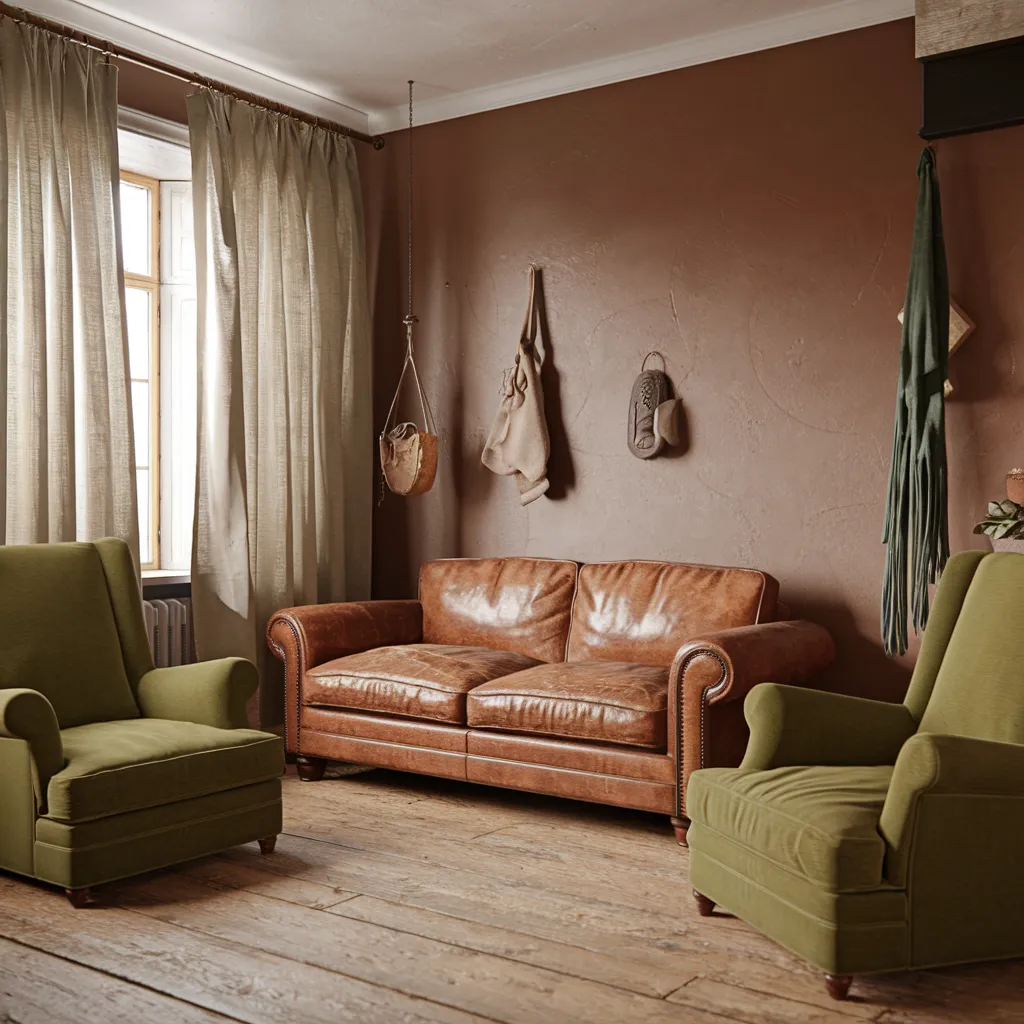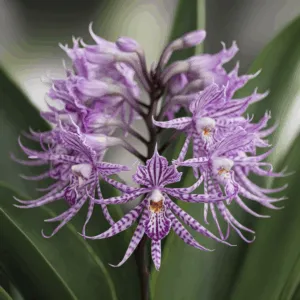In the ever-evolving world of interior design, a new trend is emerging that challenges the conventional notion of pristine neutrals. Introducing the captivating allure of ‘dirty neutrals’ – a palette that embraces depth, atmosphere, and a lived-in quality, breathing new life into spaces with its nuanced and sophisticated shades.
The Allure of Dirty Neutrals: Embracing Depth and Atmosphere
Dirty neutrals are a departure from the flatness of clean beiges or stark grays, offering a more nuanced and complex look that adds depth and character to any space. These muddied, murkier shades encompass a range of hues, from mushroom and stone to olive and taupe with greenish undertones, grays infused with brown or mauve, and deep putties that feel both warm and moody. They resist being pinned down as strictly warm or cool, creating an ambiguous, intriguing quality that captivates the eye and invites exploration.
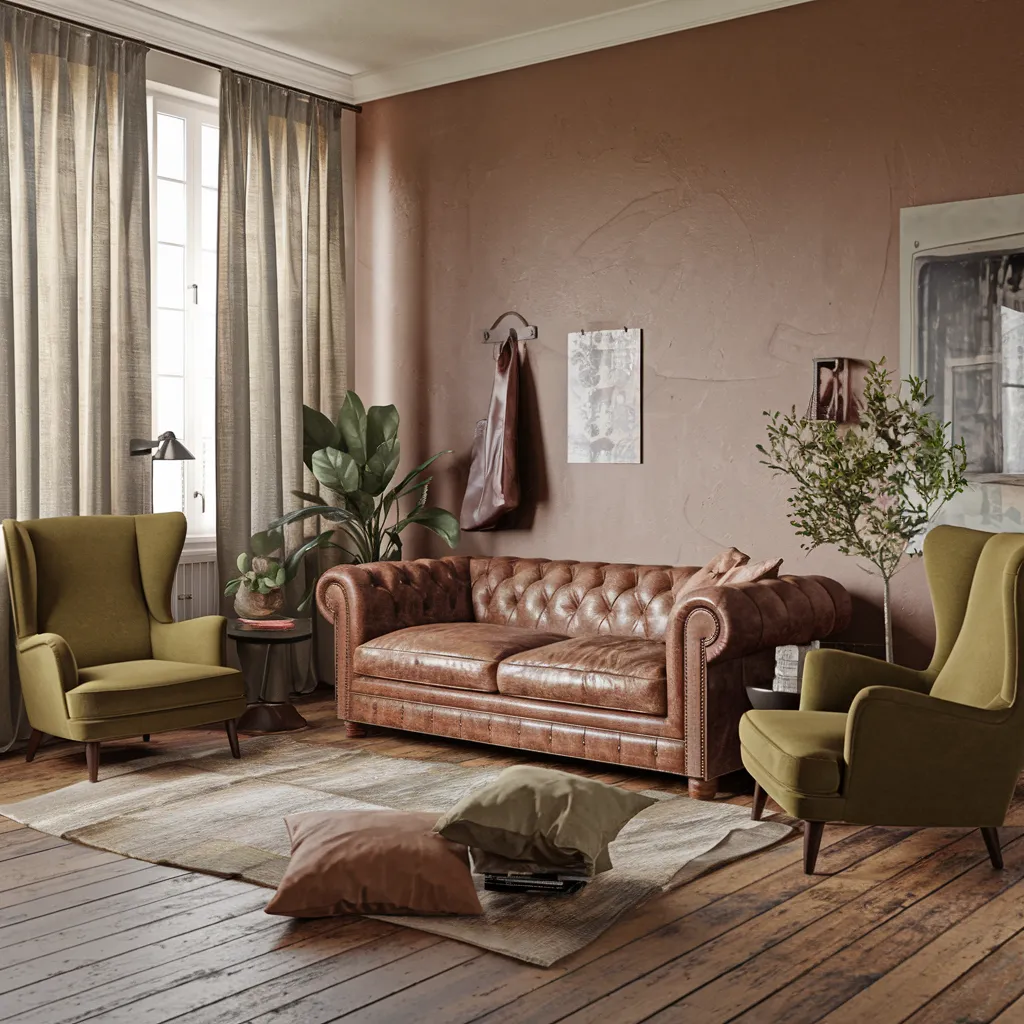
Close-up of a quality leather armchair, upholstered in rich caramel tones, with visible stitching details and a curved, modern silhouette. Scandinavian minimalist style with elements of rustic warmth. Natural materials – genuine leather upholstery and oak wood accents. Muted, earthy palette of caramel, tan, and umber punctuated by crisp white walls.
Unveiling the Nuanced Palette: Shades of Sophistication
These hues are often described as ‘loitering around near the shadows,’ evoking a sense of familiarity and comfort. They feel dusty, grubby, roughed, and tinged by tones like gray, brown, or black. While this description may not sound inherently appealing, in the realm of design, it translates to softly cloudy, approachable, and familiar colors with a slight edge – a perfect blend of sophistication and warmth. Dirty neutrals connect spaces to the natural world, evoking weathered wood, river stones, or worn clay, and bringing a sense of timelessness that resonates with our innate desire for grounded, organic environments.
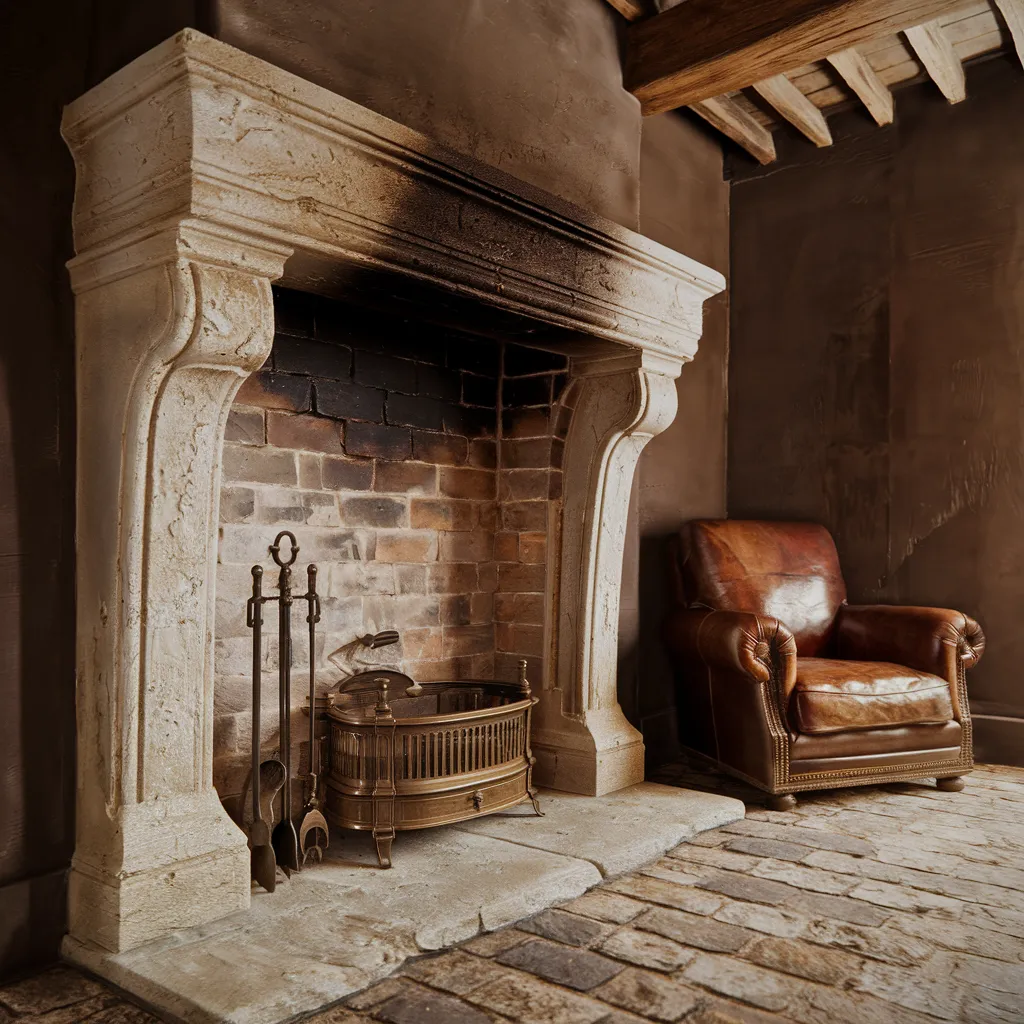
A cozy, inviting living room space showcases the allure of ‘dirty’ neutral tones. Soft beige and taupe hues dominate the walls and plush, oversized sofa, while a charcoal-hued accent chair and textured area rug add depth and visual interest. The materials used throughout exude a sense of casual elegance, with the sofa upholstered in a supple linen blend and the coffee table crafted from robust oak wood. Touches of black in the lamp bases and metal accents lend an industrial-inspired edge, while woven baskets and a lush potted plant infuse natural, earthy elements. This interior design style blends Scandinavian minimalism with warm, rustic undertones, creating a harmonious, lived-in ambiance that invites relaxation and comfort. The overall color palette, ranging from soft taupes to inky charcoals, exudes a sense of timelessness and approachability, making this space feel both sophisticated and deeply personal.
Crafting a Lived-In Oasis: Styling with Dirty Neutrals
To embrace the allure of dirty neutrals in your own space, start by selecting a paint color that reflects this familiarity. For a subtle nod to nature, consider stone and olive hues, or add rust or ochre for an earthy, grounded feel. Warmer options like putty, taupe, camel, or fawn offer comforting warmth, while cooler shades such as ash, pewter, charcoal, or flint lend a gentle refinement. Layer these hues with an array of textures – linen, bouclé, and raw wood for an organic, soft look, or warm metals like aged brass or antique bronze for richness and depth. Contrast can be achieved by pairing muddy walls with crisp white trim or pale stone countertops, creating a harmonious balance that invites the eye to linger.
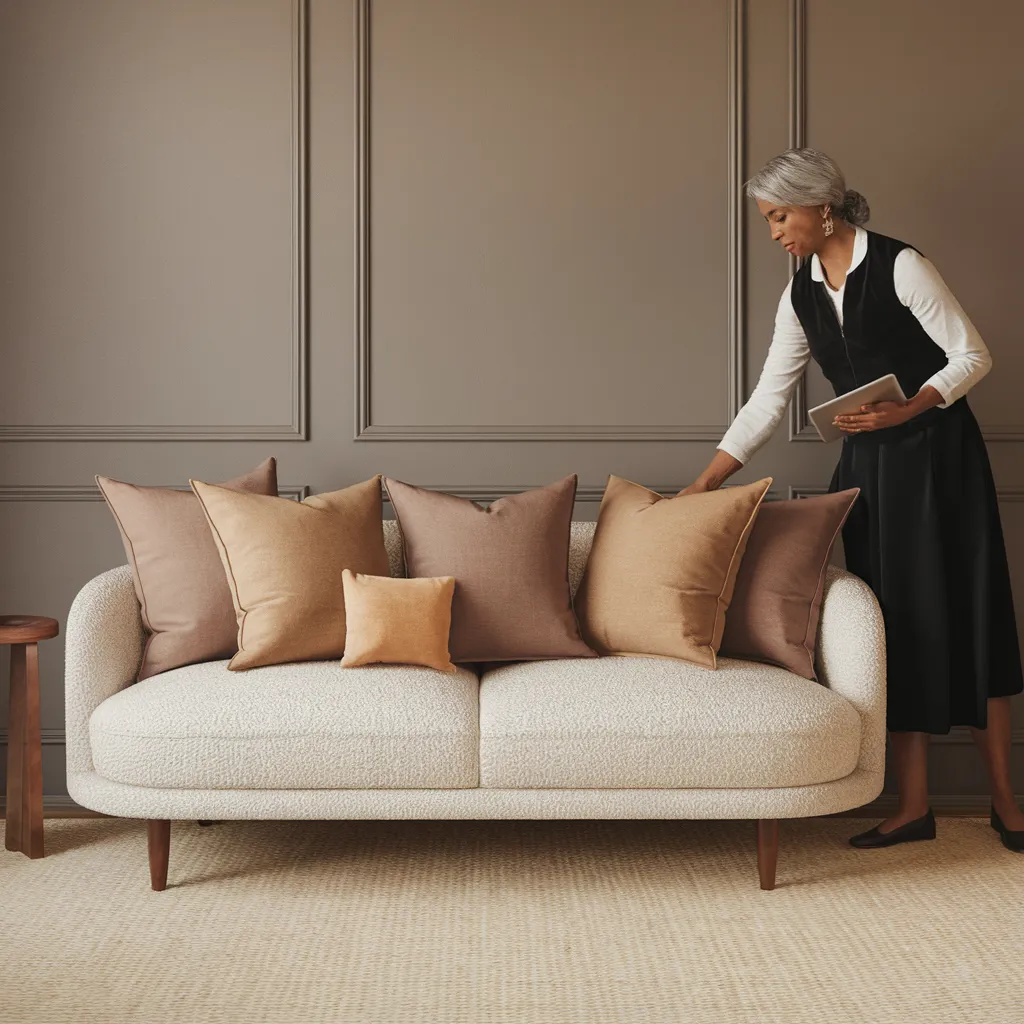
Warm, muted tones envelop an inviting living space characterized by rich textures and simple forms. Deep olive and terracotta hues form the basis of the earthy color palette, accented by touches of tan and pale cream. Natural materials such as raw oak wood furnishings, woven linen upholstery, and clay ceramic vases exemplify a rustic, modern aesthetic. Scattered metallic elements in aged brass and antique bronze lend subtle depth and sophistication to this harmonious, comfortable interior.
Unraveling the Mystery: The Captivating Allure of Ambiguity
At the heart of the allure of dirty neutrals lies a sense of ambiguity – a quality that defies easy categorization and invites curiosity. Unlike clean neutrals that can sometimes feel sterile or one-dimensional, dirty neutrals offer a richness and complexity that keeps the eye engaged. They resist being pinned down as strictly warm or cool, creating a subtle tension that adds intrigue and depth to a space. This ambiguity allows for endless possibilities in terms of layering and combining textures, patterns, and accents, making dirty neutrals a versatile canvas for personal expression.
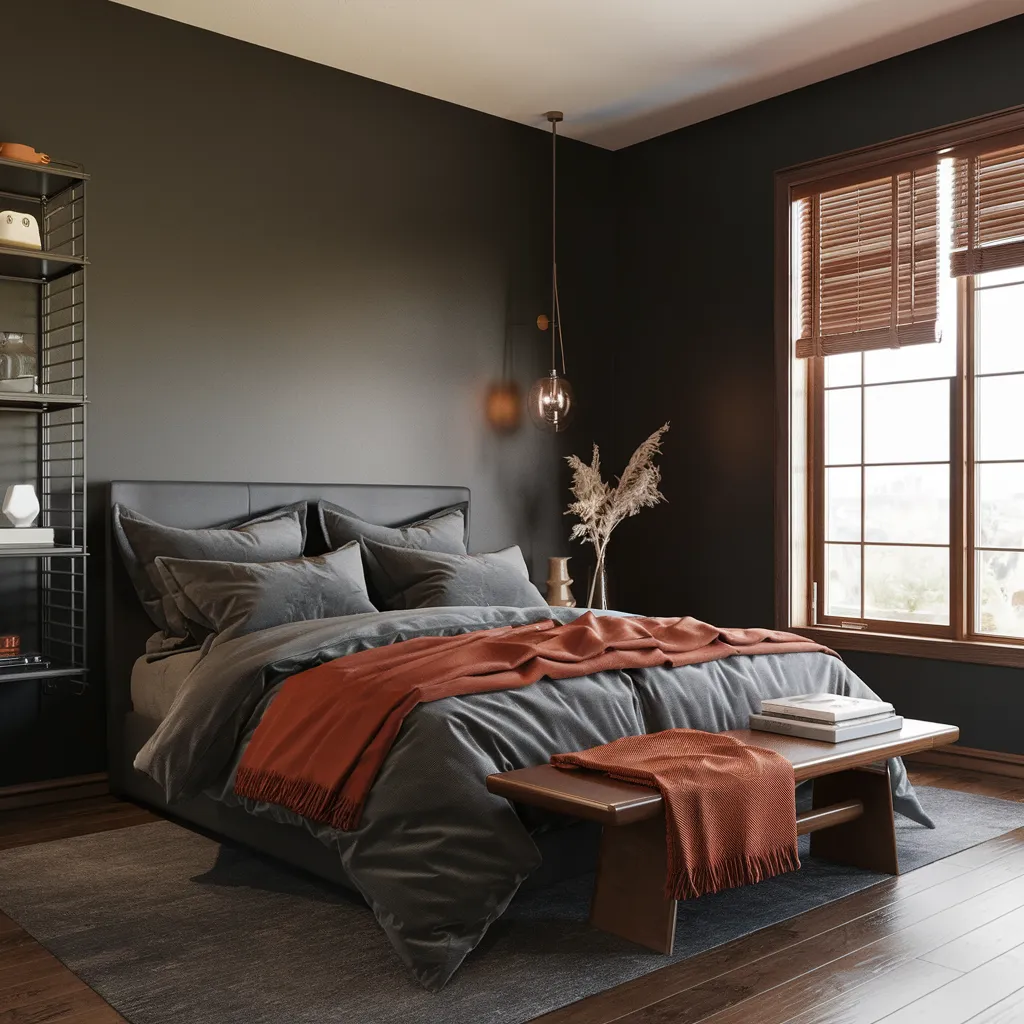
A calming and inviting living space defined by a rich, multilayered palette of warm earth tones. Textured walls in a hazy terracotta provide a grounding backdrop, complemented by woven textures in the rug and linen upholstery. Organic shapes and natural materials like oak wood and rattan intertwine, creating a harmonious blend of mid-century modern and bohemian elements. Muted clay tones anchor the space, while pops of mustard yellow and dusty rose introduce subtle vibrancy. An artful arrangement of mixed materials and earthy shades evokes a sense of understated luxury and laid-back sophistication.
Elevating Neutrals: Unlocking the Secrets of Timeless Elegance
In a world where trends come and go, dirty neutrals offer a timeless elegance that transcends fleeting fads. By embracing the depth and complexity of these shades, you can create spaces that feel simultaneously modern and rooted in tradition – a harmonious blend of sophistication and comfort. Whether you opt for a bold statement wall or a subtler, layered approach, dirty neutrals have the power to elevate any space, infusing it with a sense of warmth, character, and emotional resonance that invites you to linger and savor the moment.
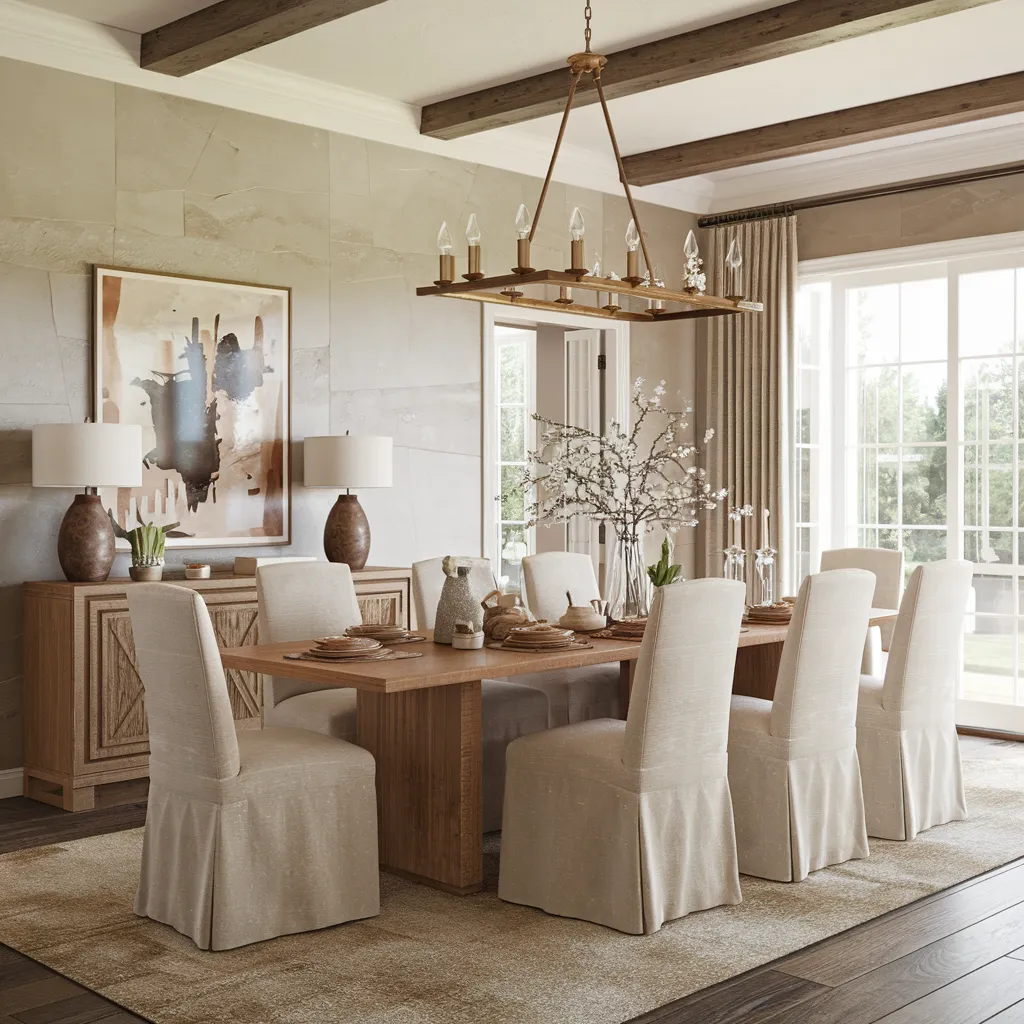
Warm terracotta tones and weathered plaster exude historic charm in this light-filled sitting room. Mottled, salt-washed oak floors ground the space, while a subdued, textured jute area rug, linen upholstery, and solid oak furnishings introduce natural layers. Deep olive green velvet accents temper the earthiness, contrasting against crisp white walls and off-white architectural elements. In sum: a harmonious embrace of the European farmhouse aesthetic with a hint of understated elegance.

